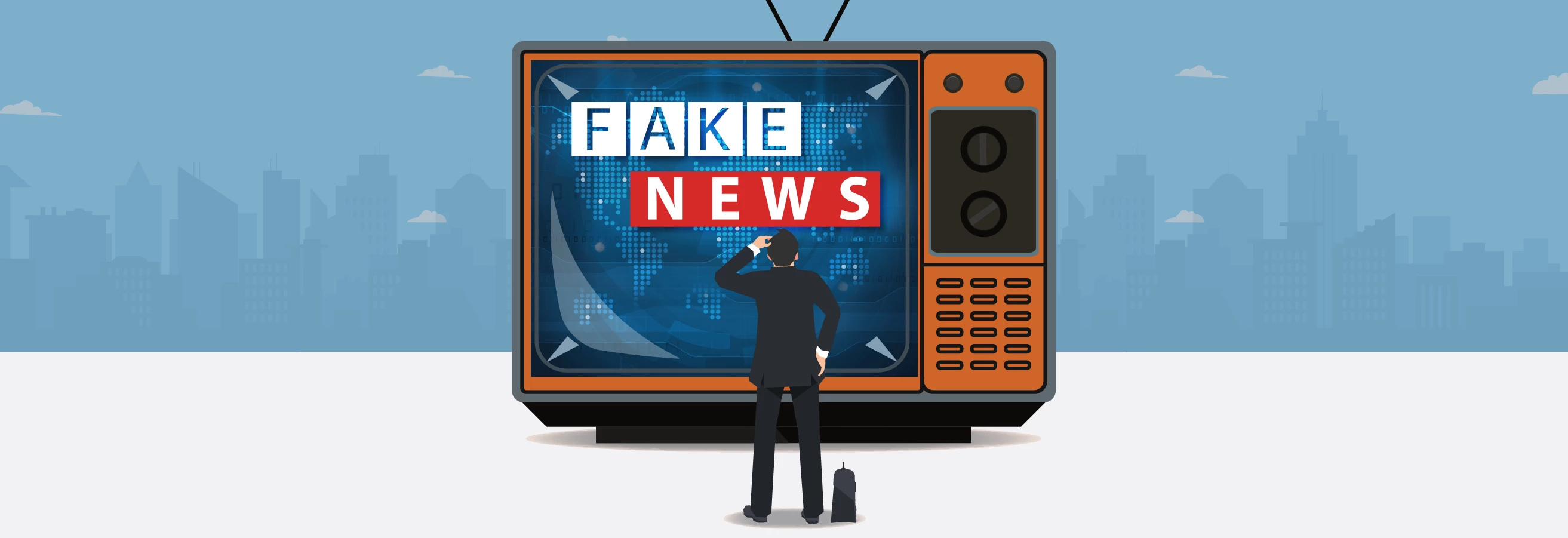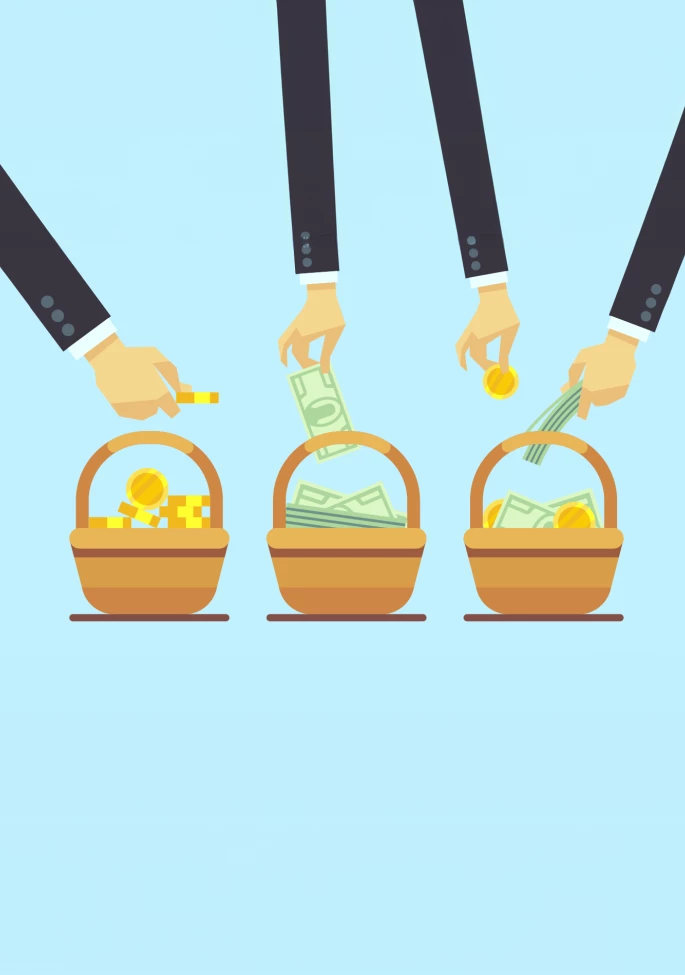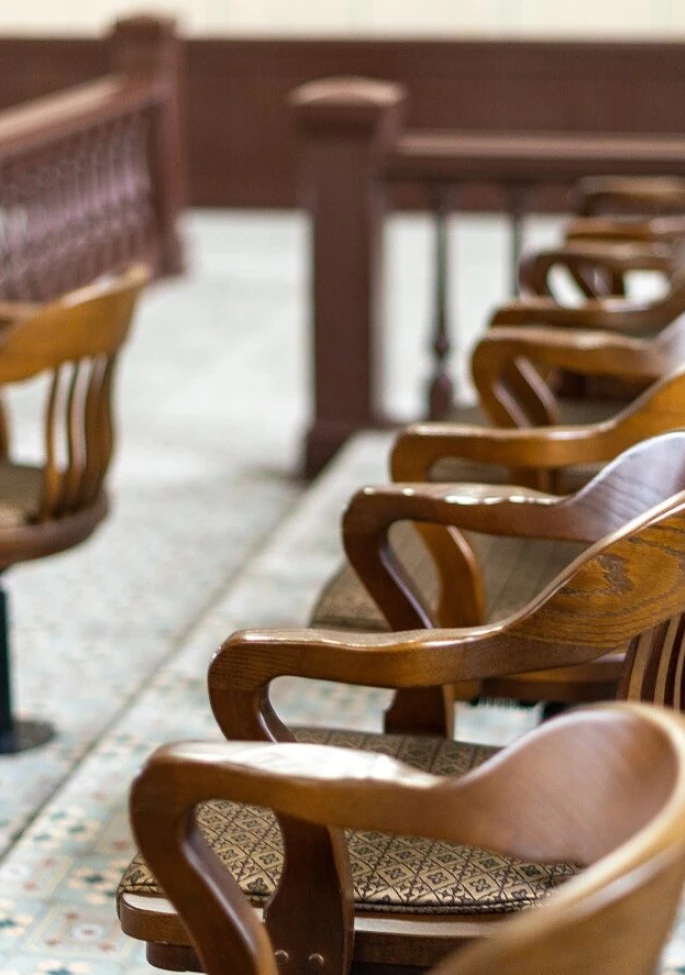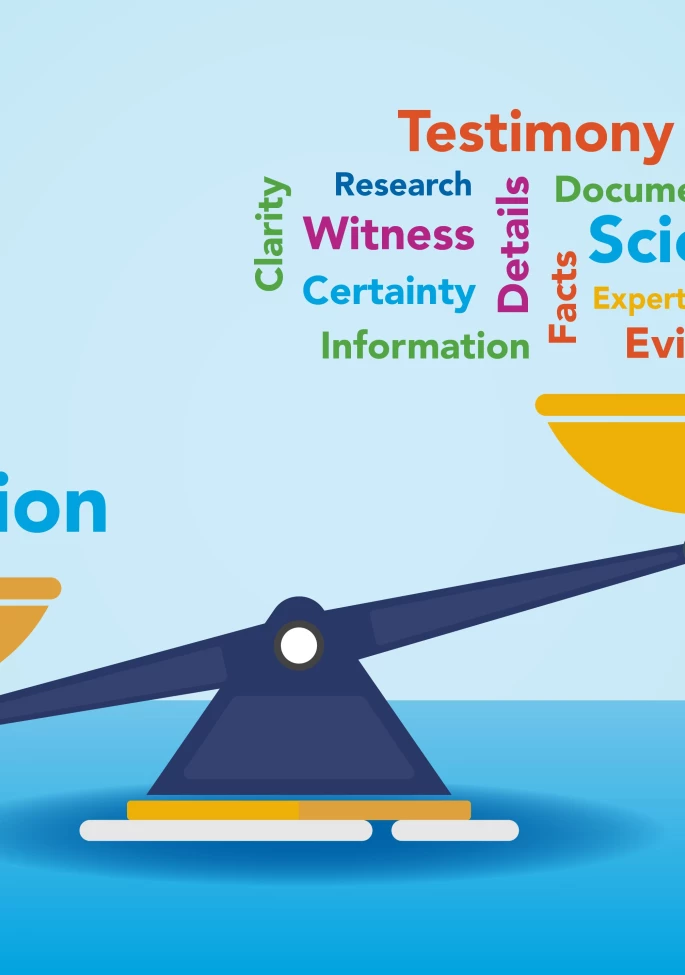Misinformation "poses an unprecedented threat in 2024," according to NBC News.i No matter which side of the many social divides someone stands on, they can find a readily available source to support their opinion—and a concerning amount of it is misleading, inaccurate, or outright made-up.
Take for example the "Jeffrey Epstein list." When newly unsealed court documents from a suit against Epstein associate Ghislaine Maxwell went public in early January, social media users wasted no time posting false claims and images—edited to look just like the real documents—naming such household names as Stephen Hawking, Oprah Winfrey, Tom Hanks, Jimmy Kimmel, and Elon Musk, insinuating these individuals' connection to sex trafficking charges against Epstein.ii
Several legitimate, national news sources have confirmed that such names appear nowhere in the actual records from the multiple court cases involving Epstein and Maxwell.iii But social media's advantage over traditional media is that it appears in real time, can look convincing (enough), and demands no fact-checking. Traditional journalists—who themselves are not immune to missteps—are left playing catchup to sort out the facts among the noise. But for less discerning eyes, the damage is already done. Another conspiracy fed.
There are countless lessons to be learned from the nature and origins of misinformation. But for our purposes in the legal field, it underscores more than ever the cognitive biases and misrepresentations that a litigant can be up against, and simultaneously, the importance of our best counterstrategy at trial: telling a complete, consistent, and credible story so jurors are not tempted to fill in the blanks themselves.
The Power of Misinformation
In times of fear and uncertainty, it is natural to seek guidance. We search for the most up-to-date information, the newest findings, some semblance of hope, or perhaps more reasons to despair (see: "doomscrolling"). We want the world to make sense—but we also want it to make sense in a way that aligns with our existing beliefs and expectations. The result is that we are prone to seeking out, favoring, and remembering agreeable information while disregarding viewpoints that challenge our beliefs. This tendency is what psychology dubs "confirmation bias."
Today's escalating problem is that where we may go looking for objective guidance, we are just as likely to find a made-up "fact," a conspiracy theory, and/or a group of others eager to affirm our beliefs and assumptions. And once we have found satiating misinformation, we naturally resist changing our minds, even when confronted with the facts. As Norbert Schwarz, PhD, a psychology and marketing professor at the University of Southern California, puts it, "If we later hear a correction, it doesn't invalidate our thoughts.”iv It seems misinformation can threaten our society, yet facts can threaten our identity.
How Do Jurors Respond to Gaps in Our Case Stories?
You might imagine how misinformation relates to our goals as storytellers in the courtroom. Humans think in stories, meaning an incomplete narrative is unsatisfying, even frustrating. When gaps appear in your case, jurors will fill them in—and you might not like how. As those tasked with convincing an audience of the importance and accuracy of our position, it falls on us to fill the gaps with a satisfying narrative.
That goes double for corporate defendants. In a recent IMS survey of 258 jury-eligible respondents across the country, a belief in conspiracies was found to be the single strongest predictor of pro-plaintiff verdicts. And shockingly, more than a third of respondents believed in at least one of the 11 presented conspiracies (such as Barack Obama birtherism, a vaccine-autism coverup, etc.).v Plaintiffs have many chances to pique such jurors' interest with tales of dark deeds behind the scenes. Toss in prominent anti-corporate bias, distrust in the government, and increased media coverage of corporate misconduct and high-damage verdicts, and there is a lot for jurors to draw from that could hurt a defendant's outcome.
Improving Your Case Strategy and Story
We cannot stop jurors completely from introducing their biases and assumptions into the mix, be they pro-plaintiff conspiracy beliefs or pro-defendant attitudes. It is especially difficult for defendants, who present their facts and narrative only after jurors have heard from the plaintiff. But what both sides have is time, throughout the litigation lifecycle, to help put the right story in front of the right audience.
Determine What Story Needs to Be Told
To combat misinformation that could affect your case, you need to know what it might be and where it might come from. Sometimes the best start is to brainstorm what misinformation and hot-button issues are out there that could be relevant to your case. Alternatively, or in addition, you might conduct a community attitude survey of jury-eligible individuals in your venue to hear from the source.
At that point, early case assessment or focus group research can get the ball rolling on developing a narrative structure based on strong, memorable case themes. Thorough feedback from mock jurors representative of your jury pool prepares you for the perspectives they have, the theories they come up with, and the words they use to describe and rationalize your case. You will also learn more about the kinds of jurors who are and are not receptive to your initial case narrative.
Identifying where jurors are already tempted to go with the story means your own story can seek to preempt it; you can meet them there with evidence and argument to support a favorable interpretation or nip a faulty one in the bud. Equally important, you will learn what questions jurors have—that is, you will identify gaps and blind spots in your case and areas where additional witness testimony would be helpful.
Craft a Complete Story
With the bones of your thematic story in place and an awareness of where misinformation could crop up, your next goal will be to insert evidence and testimony around their corresponding themes and fill in the remaining gaps. For a corporate defendant, those gaps can come in many forms:
Often, they involve a failure to provide believable motives and context for a company's actions or inactions. Rather than concentrating your time on batting down the plaintiff's claims (which spotlights their framing, not yours), create an affirmative narrative that speaks, for example, to the company's devotion to safety and the key factors that went into its decisions.
Further, although the law may require that defendants prove nothing, jurors do not often see it that way. If your case hinges on causation, alternative causation arguments go a long way toward filling a critical story gap. If it did not happen how the plaintiff says, then how could it have happened? Damages work much the same way. While not always the correct strategy, it is frequently helpful to provide alternative damages numbers with rationales. Too often, mock and trial jurors lament having only the plaintiff's requests as a reference point. If the plaintiff is misrepresenting the cost of the harm, then how might jurors calculate it instead?
Another common sticking point is expert testimony. Misinformation abounds in science, and there are no easy remedies. To counter an opponent's junk science, research suggests it can be helpful to procure credentialed experts with firsthand experience both with the subject matter and with the specific case, if possible (such as having personally examined the plaintiff). Jurors also tend to be most receptive to experts who can translate dense concepts into familiar terms without appearing condescending.vi
Secure a Fairer Audience
If the case story is your weapon, then jury selection is your armor. Weeding out courtroom conspiracies also means weeding out the jurors most likely to indulge them. We know that some people are more susceptible to misinformation than others; jury selection gives you the opportunity to identify and remove the most extreme voices from the venire.
If you have performed jury research along the way, you may have access to a "juror profile," a list of factors shown to have a statistically significant influence on jurors' case-relevant leanings and opinions. Using these profiles to guide voir dire question development, cause sequencing, social media searches, and jury selection increases your ability to track problematic jurors and make informed strikes and cause challenges.
Having struck the jurors who will never be able to "hear" your case story, the door is open for you to better connect with the rest.
Remind Jurors What This Case Is and Is Not About
Of course, no story can please everyone. Beyond using strong themes to give jurors talking points in the deliberation room, one salve to keep conspiratorial jurors from upending discussions is to give your supporters thematic ammo to shut down unproven theories and irrelevant distractions. For instance, if a plaintiff lures in imaginative jurors by citing unrelated incidents, remind the jury that they are only here to decide about "This Plaintiff, This Case, and This Cause." In doing so, you help shrink the world of the story, controlling the number of gaps you need to fill.
Help Jurors Feel "Good" About a Verdict in Your Favor
A satisfying story needs a satisfying ending. If you foresee that jurors will not have an inherent reason to root for your side, try to give them one. Shine a light on a plaintiff's ulterior motives. Put jurors in the shoes of the wrongly accused by reminding them that "Justice Is for Defendants, Too." Any number of techniques can lend a hand with defendants' eternal struggle: convincing jurors that it is acceptable—even preferable—to send a plaintiff home empty-handed.
Final Thoughts
The misinformation that permeates public discourse is as frustrating as it is dangerous. It is also, in part, a natural outcome of our endless search for answers. As courtroom storytellers, there is hope; we can combat this trend before and during trial. Our best approach is to learn how to counter the spread of false narratives among those who decide our cases. We must discover where the cracks in our story hide, so we may fill them with answers—evidence and arguments that convince jurors to fight for us, rather than seek the comfort of falsity.
This is an update to the original article published in 2022. It can also be found on Law360.com. Republished with permission.
References
i Zadrozny, B. (2024, January 18). Disinformation poses an unprecedented threat in 2024 — and the U.S. is less ready than ever. NBC News. https://www.nbcnews.com/tech/misinformation/disinformation-unprecedented-threat-2024-election-rcna134290
ii Goldin, M. (2024, January 4). FACT FOCUS: Images made to look like court records circulate online amid Epstein document release. Associated Press. https://apnews.com/article/epstein-court-documents-misinformation-3a1df03616ec6b58684be434398de4b7
iii Hudnall, H. (2024, January 12). What’s true and false about Jeffrey Epstein and the individuals on his list. USA TODAY. https://www.usatoday.com/story/news/factcheck/2024/01/03/jeffrey-epstein-fact-check/72086418007/
iv Abrams, Z. (2021, March 1). Controlling the spread of misinformation. American Psychological Association. https://www.apa.org/monitor/2021/03/controlling-misinformation
v Polavin, N. (2023, May 15). Who Needs Evidence? The Rise of Conspiracy-Minded Jurors. IMS Legal Strategies. https://imslegal.com/articles/evidence-conspiracy-jurors
vi Hiley, A. (2023, Nov 27). (Not So) Expert Testimony: How Jurors Make Sense of Questionable Science. USLAW Magazine – Fall 2023. https://issuu.com/uslawnetwork/docs/uslaw_magazine_fall_2023/28







